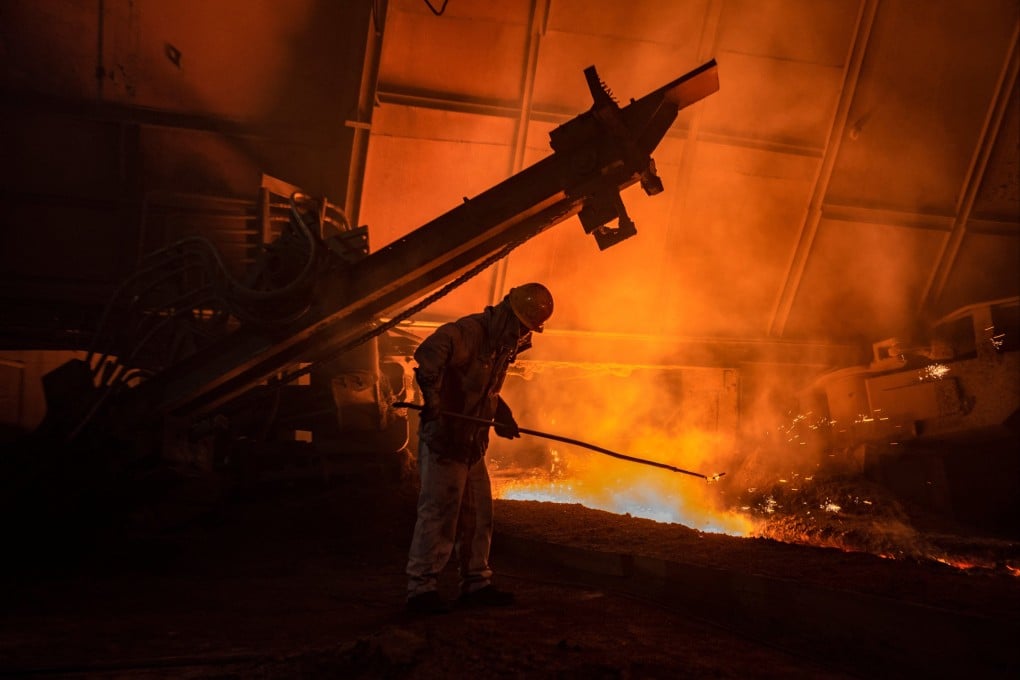China marks turning point after limiting approvals for coal-based iron and steel projects
- In the first half of 2024, China approved only steel projects based on electric arc furnaces, which have a much smaller environmental impact than coal-based projects

China has put limits on coal-based steelmaking projects in the first half of this year, a significant turning point as the world’s biggest polluter rushes to meet its dual-carbon targets, according to Helsinki-based Centre for Research on Energy and Clean Air.
In the first six months of 2024, provincial governments permitted 7.1 million tonnes per annum of steelmaking capacity, all of which were projects using electric arc furnaces, according to the CREA report published on Thursday.
This is in contrast with the approvals given in the past seven years, when 99 per cent of the newly installed ironmaking capacity used blast furnaces and 70 per cent of the new steelmaking capacity used basic oxygen furnaces (BOFs), according to CREA.
It also marks a major policy shift for the country’s iron and steel sector, as EAFs running on recycled scrap and electricity could help slash emissions, according to Shen Xinyi, researcher at CREA and the report’s lead author.
“Producing steel in EAFs has a much smaller environmental impact than BF – BOF, with fewer carbon emissions and air pollutants, and saving the local ecology from mining new iron ore,” she said. “As China’s steel demand peaks and more scrap becomes available, it brings us a major opportunity to reduce emissions over the next 10 years.”

EAF steelmaking is about one-third as carbon-intensive as coal-based BF – BOF routes of steelmaking. EAF steelmaking, with electricity as its main energy source, emits about 0.6 tonnes of carbon dioxide per tonne of steel, while the BF – BOF route, which uses coal as the main energy source and reducing agent, discharges about 2 tonnes of carbon dioxide per tonne of steel, according to CREA.